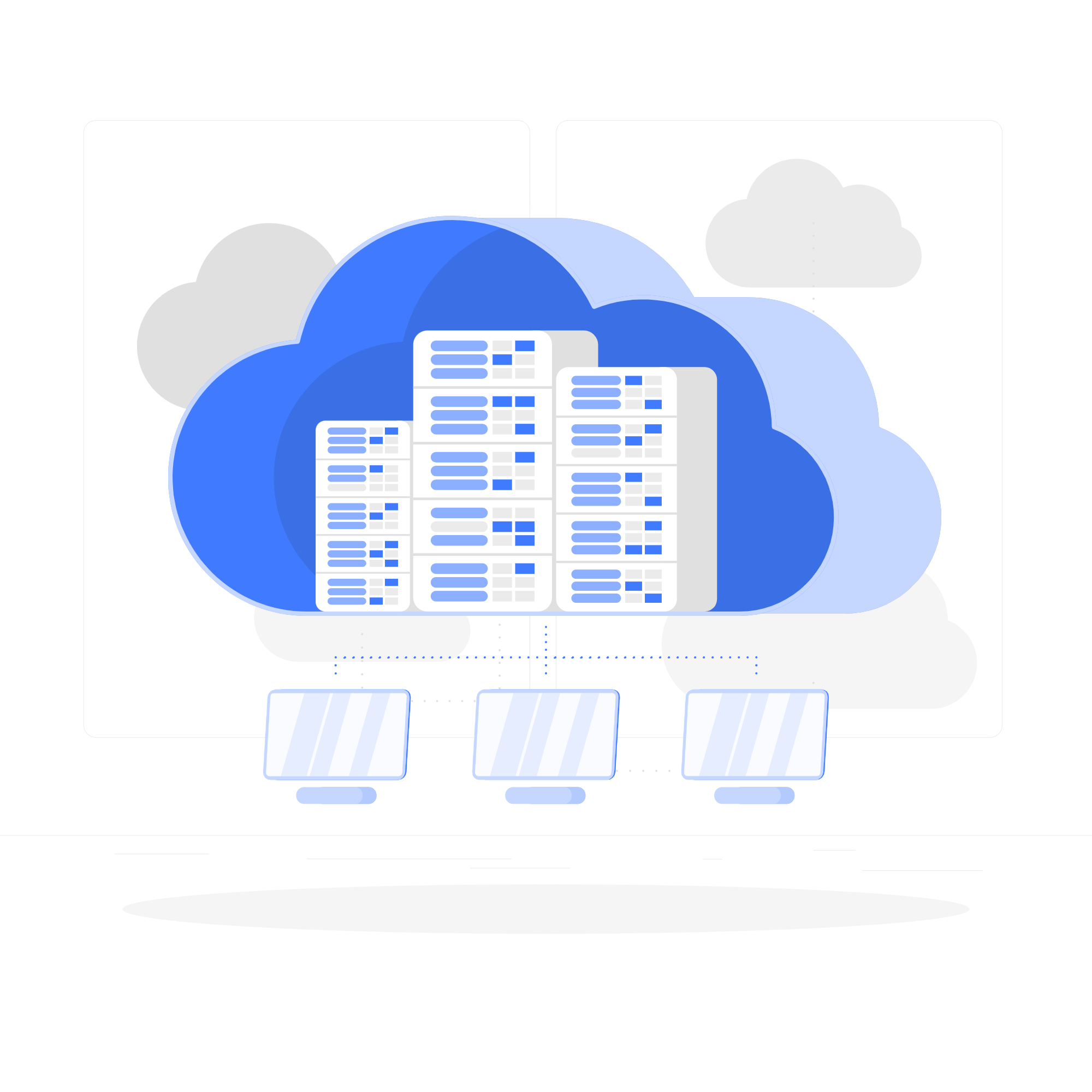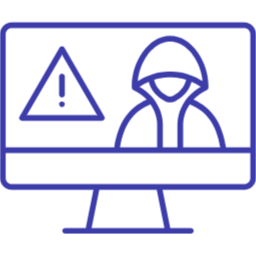Cloud Penetration Testing
The primary objective of this assessment is to evaluate your cloud-based environment’s cybersecurity posture through simulated attacks, identifying and exploiting vulnerabilities in your cloud security services. Our cloud security testing methodology focuses on the most vulnerable areas of your cloud applications and provides actionable recommendations for improvement. The results of the cloud security testing will empower your organization to strengthen its security features. This approach is applicable across major platforms, including Amazon Web Services (AWS), Microsoft Azure, Google Cloud Platform, and others. Effective cloud penetration testing also requires a clear understanding of the shared responsibility model inherent to cloud environments.

Penetration Testing For Every Cloud Environment

Amazon AWS
Detect and isolate vulnerabilities across your AWS Infrastructure, from hosted applications to the AWS console.

Microsoft Azure
Identify vulnerabilities, ensure compliance, and enhance the security posture of your Azure environment.

Microsoft Office 365
Secure your Office 365 environment by identifying and mitigating vulnerabilities.

Google Cloud
Identify critical vulnerabilities and protect your digital assets within the GCP environment.
Benefits
Potential Risks and Vulnerabilities

Incident Response Plans

Maintaining Visibility

Optimization of Security
Cost Saving
Reliability
Security Testing Methodology

Proven Methodology
Leverage a comprehensive, hybrid testing process that combines the best practices of both manual and automated testing. This proven methodology ensures thorough assessment, providing actionable insights into your cloud security posture. By using a method that has been tried and tested across various environments, you can trust that the results are reliable and relevant to your specific needs.

Identify Cloud Weaknesses
Intelligence Gathering involves collecting and analyzing information about potential threats to individuals or organizations. For mobile applications, this phase includes reviewing the application’s design and scope to understand its architecture and identify potential security risks.

Update Cloud Security
Stay ahead of evolving threats by continuously updating your cloud security measures. Our services ensure that your defenses are aligned with the latest attack vectors and security standards, reducing the risk of breaches. Regular updates to your security infrastructure are essential for maintaining resilience against emerging cloud-based threats.

Test Cloud Defenses
Conduct comprehensive simulations of various attack scenarios to rigorously test your cloud’s defensive capabilities. By challenging your cloud infrastructure with real-world threats, you can identify potential vulnerabilities and gaps in your protective measures, ensuring that your defenses are robust and ready to handle actual incidents.

Review Cloud Configuration
Thoroughly assess your cloud configuration to identify any gaps or misconfigurations that could expose your environment to risk. Proper configuration is crucial for securing your cloud assets, and regular reviews help ensure that your setup adheres to best practices and compliance requirements, minimizing the chances of security breaches.
Any questions?
Check out the FAQs
Still have unanswered questions and need to get in touch?
How does cloud penetration testing differ from traditional penetration testing?
Cloud penetration testing focuses on identifying vulnerabilities within cloud environments, such as Azure, AWS, and Google Cloud, which may include API security, data storage configurations, and identity management. Traditional penetration testing typically targets on-premise infrastructure and network security, requiring different methodologies and tools.
What types of cloud environments can be tested?
Cloud security testing can be conducted on various environments, including public, private, and hybrid clouds. Major platforms such as AWS, Microsoft Azure, Google Cloud, and Office 365 are all suitable for comprehensive security assessments.
What should be included in a cloud security testing report?
A cloud security testing report should include a detailed analysis of vulnerabilities found, their potential impact, and recommendations for remediation. It should also outline the testing methodology, tools used, and a summary of the overall security posture of the cloud environment.
What are the common cloud vulnerabilities?
The most common cloud vulnerabilities include:
- Insecure APIs
- Server misconfigurations
- Weak credentials
- Outdated software
- Insecure coding practices
What are the primary risks associated with cloud computing testing?
The key risks include account theft, malicious insiders, Distributed Denial of Service (DDoS) attacks, human error, and insufficient security configurations.
How often should security testing be conducted on a cloud-based platform?
Security testing should be conducted annually or more frequently if the platform hosts sensitive or high-volume information assets. Regular testing is essential to ensure the platform remains secure as it evolves.
How secure is cloud computing?
Cloud computing offers enterprises the capability to process, store, and transport data on multi-tenant servers located in external data centers. However, before hosting sensitive company information on a cloud platform, a comprehensive threat and risk assessment should be conducted to ensure security.
What are the benefits of regular cloud security testing?
Regular cloud security testing helps to identify and mitigate vulnerabilities, ensures compliance with industry regulations, enhances overall security posture, and reduces the risk of data breaches. It also provides peace of mind that your cloud environment is secure against evolving threats.